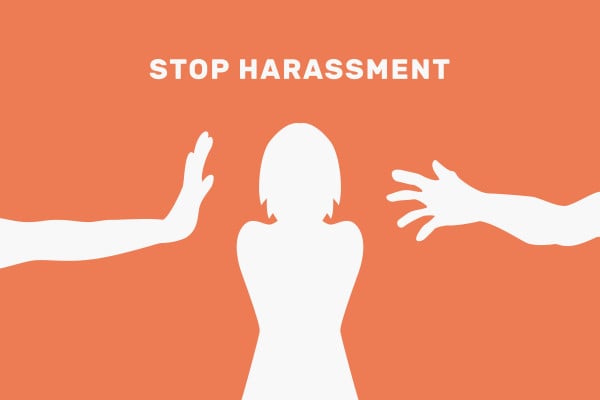Harassment can occur in many different forms and can include facial expressions, mimicry, pranks or graffiti. Victimisation can occur when a worker is treated badly because they have complained about harassment. Both are unlawful as a result of the Equality Act 2010.
The Equality and Human Rights Commission (EHRC) have issued new guidance to give employers a clear explanation as to their legal responsibilities and the practical steps they should take to prevent and respond to harassment and victimisation in the workplace. The guidance also provides advice for workers to help them better understand the law and their employer’s obligations to prevent and deal with harassment and victimisation.
The law surrounding harassment has been at the top of everyone’s agenda following the #MeToo movement and this guidance is aimed at ensuring all employers transform their working environment to reiterate that any form of harassment or victimisation is not acceptable. Indeed, Rebecca Hilsenrath (the Chief Executive at the EHRC) has said:
“No form of harassment can ever be justified and for too long the onus has been on the victim to challenge inappropriate treatment. By setting out legal requirements and providing practical examples on preventing and responding to harassment, we hope that our guidance will shift the burden back on to employers.”
The guidance can be found at the EHRC’s website here

While the guidance is not yet legally binding, it is expected that Employment Tribunals and Courts will adopt the best practice steps set out in the guidance and it is anticipated that the guidance will become a statutory code of practice in due course.
Alongside the technical guidance, the EHRC have also published seven steps every employer should consider taking to ensure they are doing all they can to prevent and deal with sexual harassment in the workplace. The seven steps can be found are:
- Develop an effective anti-harassment policy
- Engage staff with regular one to ones and have an open-door policy
- Assess and mitigate risks in the workplace
- Consider using a reporting system that allows workers to raise an issue anonymously or in name
- Train staff on what sexual harassment in the workplace looks like, what to do if workers experience it and how to handle complaints
- Act immediately when a harassment complaint is made
- Treat harassment by a third-party just as seriously as that by a colleague
If you are an employer and want to discuss the obligations placed upon you to prevent harassment and victimisation, please speak with one of our specialist employment solicitors. Similarly, if you are an individual who has been harassed in your work place, please do not hesitate to contact us and we can discuss your rights.

